Their child’s first school sports day is a proud moment for any parent – but especially so for Kirkcaldy mum Kimberley Sim.
Her son Thomas, 6, was born with clubfoot and she and husband John were unsure whether he would ever walk or run like his friends do.
Thomas had the first of two operations when he was only seven months old, and has had to wear numerous leg casts and braces to adjust his left foot.
So Torbain Primary School sports day was a big moment for Kimberley and John, especially when Thomas’ friends began chanting his name.
Kimberley, 32, said: “I cried my eyes out! When he starting running I was away immediately.
“It was a mixture of what’s happened over this whole five, six years and seeing him happy with his friends.
“His friends were amazing when he was in a wheelchair and they were all cheering him on at sports day.”
1 in 1,000 babies born with clubfoot
Clubfoot – also known as congenital talipes – is a condition where babies are born with one or both feet rotated inward.
It was at their 20-week scan that Kimberley and John, 33, learned Thomas would be among the one in 1,000 babies affected.
Kimberley said: “It was really daunting. There wasn’t a lot of information and he was our first child so it was really overwhelming.”
As Kimberley suffered pre-eclampsia – a condition which can cause serious complications in pregnancy – Thomas was induced four weeks early.
His left foot was turned in by around a third, deemed a complex case of clubfoot.
He spent his first few weeks in special care and then when he was only four weeks old his treatment plan began.
“We were told then that he would have an operation and have all these casts. Also that his foot would probably be weaker, he might struggle with running and walking at times,” said Kimberley.
“But they couldn’t tell us how it would affect him when he was older.
“We had to start looking for clothes that would fit over the casts. They were massive full-length heavy plaster casts.”
Thomas was started on the Ponseti method of treating clubfoot. This usually involves a series of casts to gradually correct the position of the foot and an operation – an tenotomy – to release the Achilles tendon.
However, the casts kept slipping off.
In one week the family returned three times to Raigmore Hospital, in Inverness, near where they lived in Dingwall at the time.
Thomas’ treatment was paused and transferred to the Royal Hospital for Children in Glasgow.
Airlifted to hospital in Edinburgh
But as it was about to recommence Thomas fell critically unwell with bronchiolitis not once but twice within the space of three months.
Kimberley, who is studying for a master’s degree at Stirling University, said: “It was horrendous.
“He had to go on a ventilator and was airlifted to Edinburgh.
“That was a massive bump in the road and set his treatment back.”
But it also led to Kimberley and John deciding to transfer Thomas’ treatment to the Royal Hospital for Sick Children.
“We saw what they had done,” said Kimberley. “They basically saved his life.”
Operation at seven months old
Aged seven months Thomas had the tenotomy under general anaesthetic.
Kimberley said: “Having to see your little baby go to theatre is hard. With the trauma we’d been through already it was horrendous.
“It felt like he had only just gotten better and he was back in hospital again.”
After the operation there were more casts.
Then Thomas had to wear what is known as a boot and brace – a particularly challenging stage of the treatment. Two boots with a metal bar between them hold the feet and ankles in the correct position.
Kimberley said: “They start off on that 23 hours a day, with an hour free for bathing and that kind of thing.
“It is very difficult.”
Many parents of clubfoot babies struggle to settle them because they become frustrated wearing the brace.
“I was one of those parents,” said Kimberley. “I just didn’t know what to do. He was only 10 months old, the age Arthur is now.
“Eventually, you reduce the amount of time they are in the brace to the point it’s just overnight.
“Thomas was really struggling for a quite a while. He ended up going into an ADM (abduction dorsiflexion mechanism), which is like a single brace and he tolerated that a lot better.”
Amid the difficulties there were times of joy.
At 18 months old, Thomas took his first steps.
Thomas’ first steps
Kimberley said: “We were upstairs in his room, both me and my husband. And Thomas just let go of his cot and went. I just sobbed. It was huge for him. It was an amazing moment and I’ll never forget it.”
Just a few months later, his parents watched proudly as he took part in a sponsored toddle to raise money for the Edinburgh hospital treating him.
There was also delight when he learned how to ride a bike just before his fourth birthday – an activity Thomas still loves today.
During Covid, however, Thomas suffered a relapse, his foot turning in again.
He had so many appointments in Edinburgh that the family moved to Fife, rather than make weekly trips from the Highlands.
Consultants decided he would need a second operation.
So in October last year, just weeks after starting Torbain Primary School, Thomas underwent more surgery.
Kimberley said: “The second one was harder going, as he was a lot more aware.
“Thomas is on the go constantly, he runs everywhere so it was really hard for him.”
Not allowed to walk in his full length cast, he returned to school after the October holidays in a wheelchair.
“He had quite a year, bless him,” said Kimberley. “He started school, his brother was born then he had the operation.
“It took him a while to build his strength back up and he really struggled with walking.”
Then on the first day of this year’s Easter holidays, there was a further set back.
A broken leg
Thomas broke his left leg going down a slide. So he was in a plaster cast yet again.
Kimberley and lorry driver John worried that he had damaged the tendon which had been operated on in October.
“When he started to recover they noticed he couldn’t lift his toes,” she said. “But fingers crossed that’s not the case and he keeps heading in the right direction.”
Thomas is full of energy and smiles. He is a very active little boy, who likes to run around constantly.
You would never guess at all the hurdles he has faced in his young life.
Kimberley said: “He is doing really well and we are holding on to that.
“He struggles with longer distances and you get to a point where you notice he starts limping and tires.
“But it never holds him back.”
Thomas is the most resilient little boy Kimberley knows.
“We don’t know what the future holds – potentially more surgery, potentially more casts.
“We can only hope that his special foot can stay free to run as much as possible.
“But whatever happens, we know Thomas will take it all in his stride and that he will find his way of getting through.”
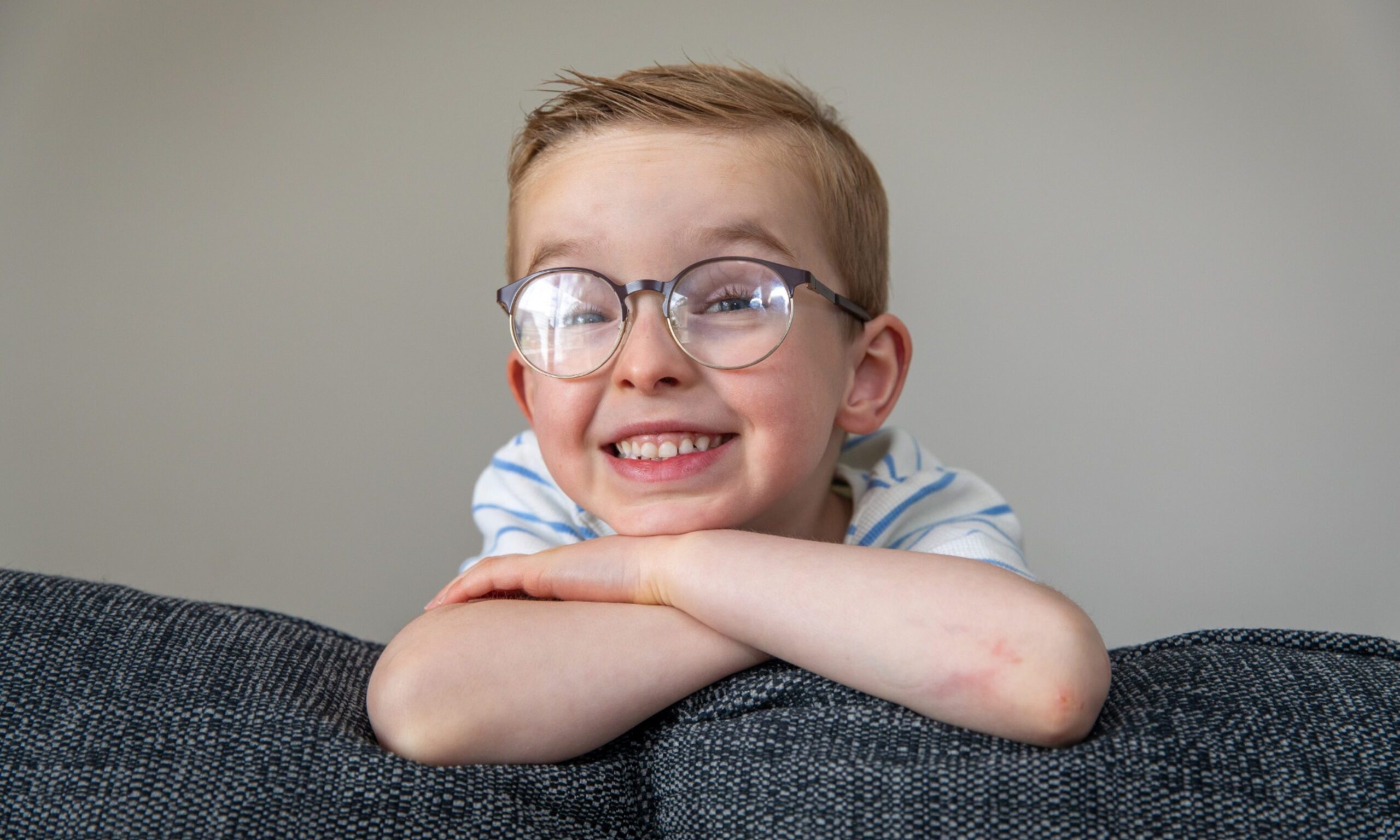
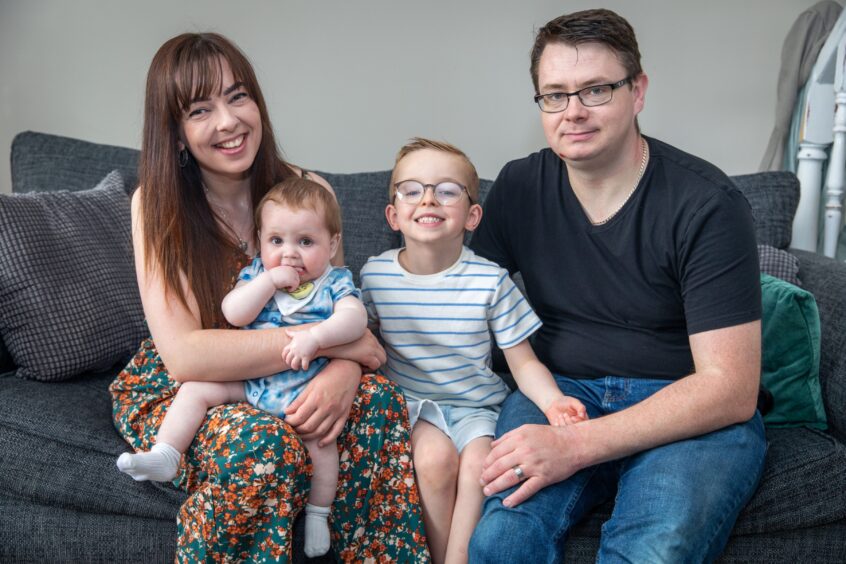
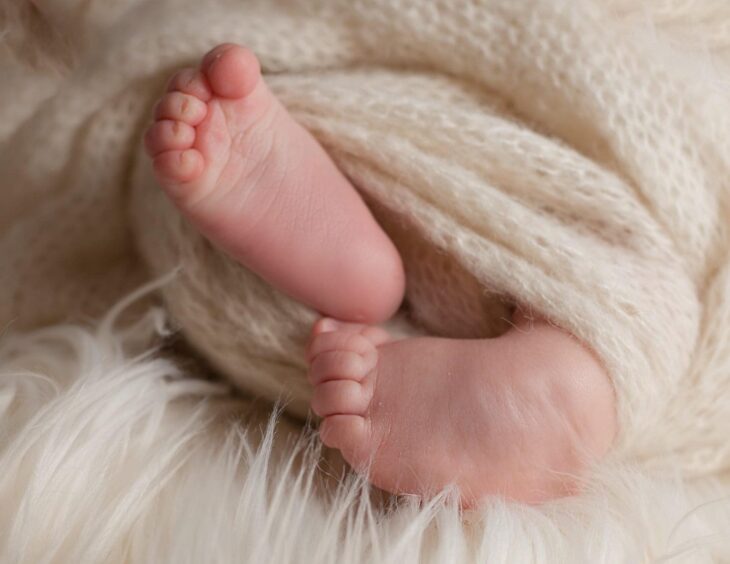
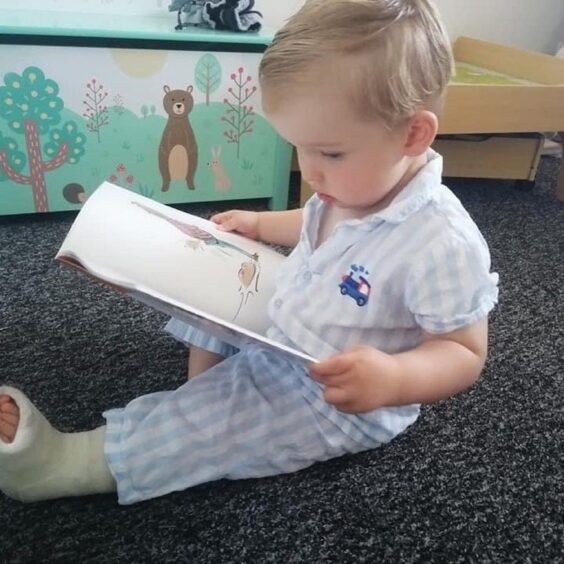
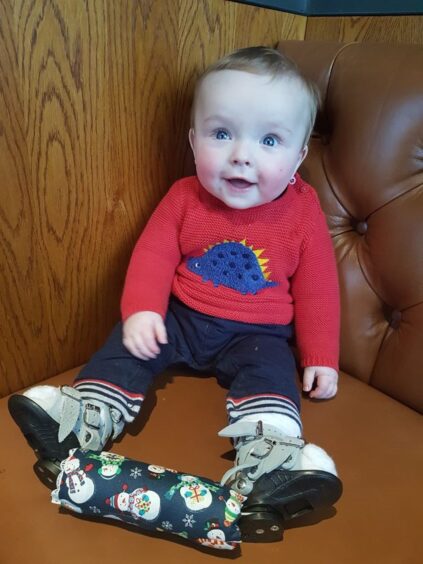
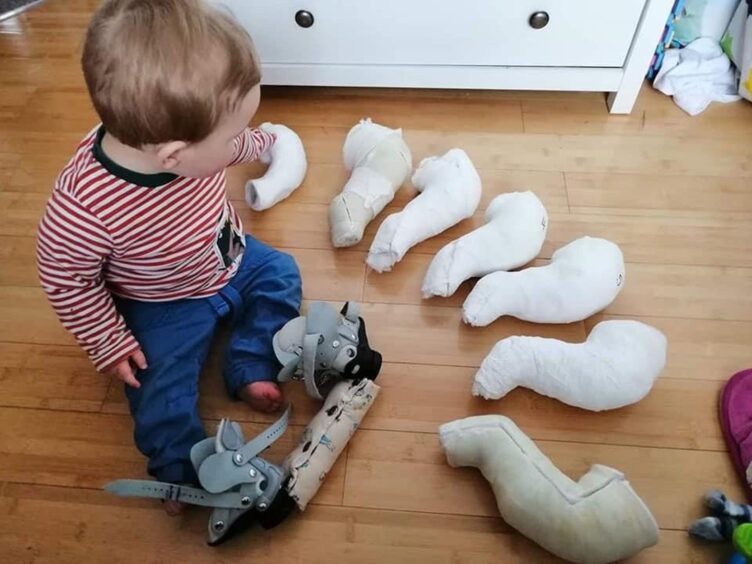
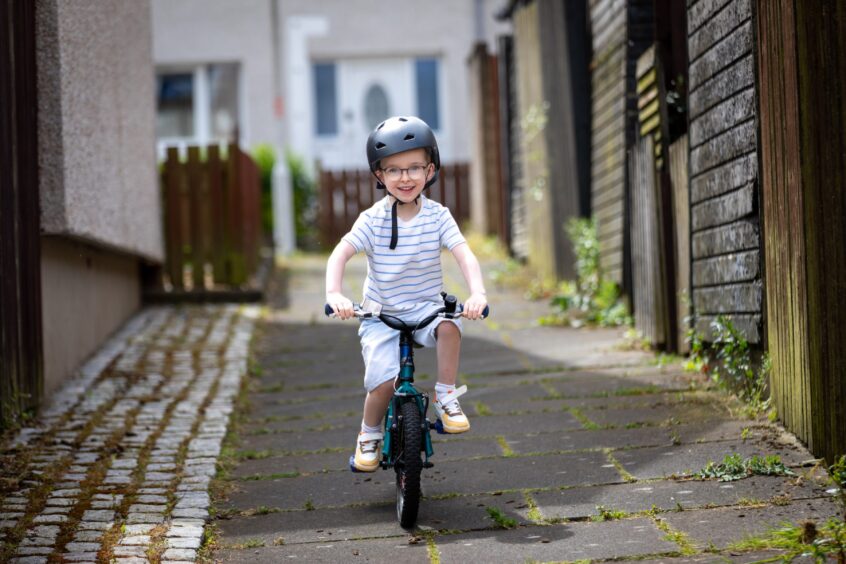
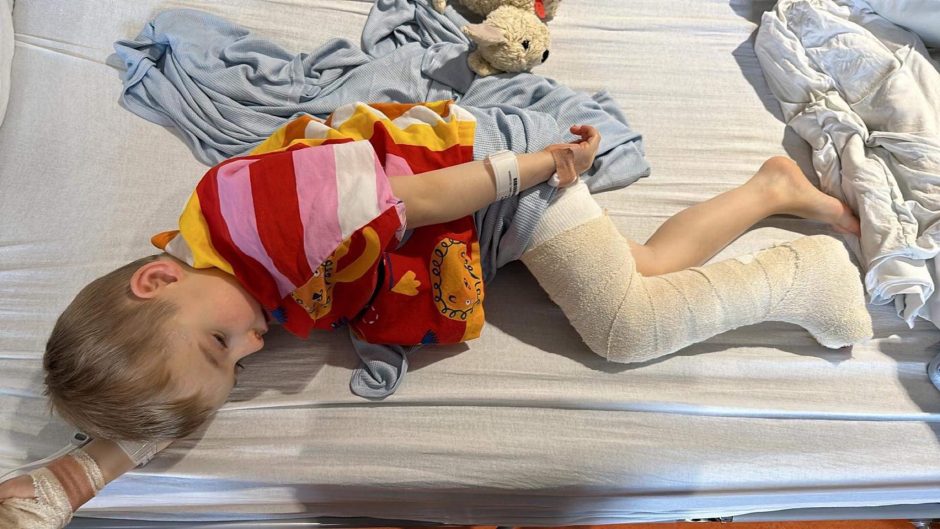
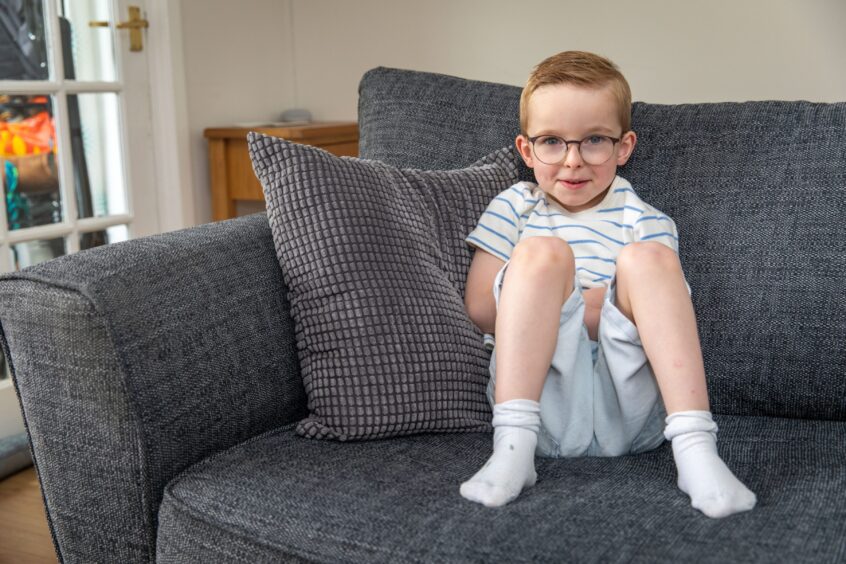

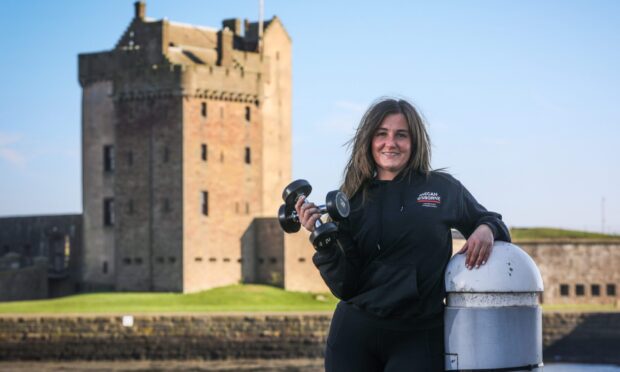


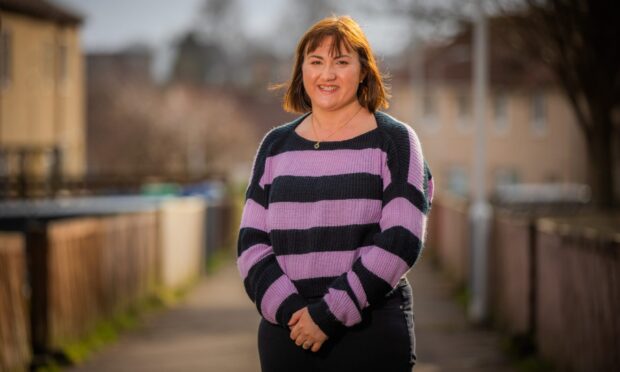

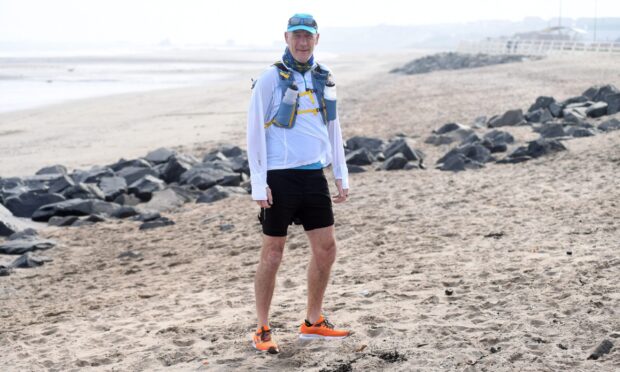
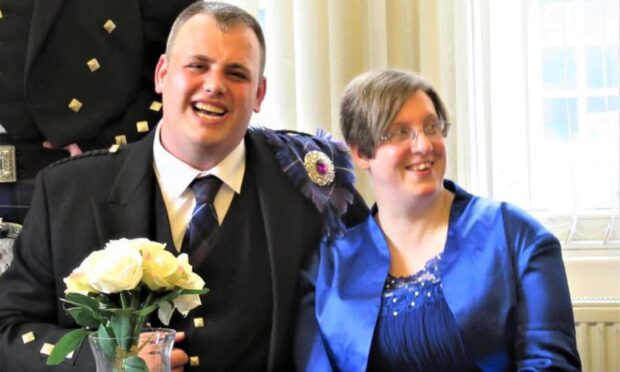
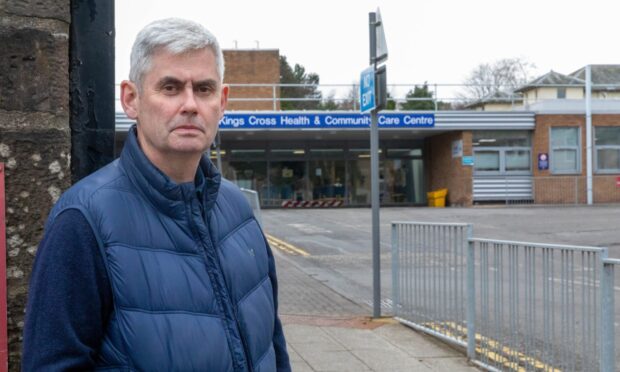
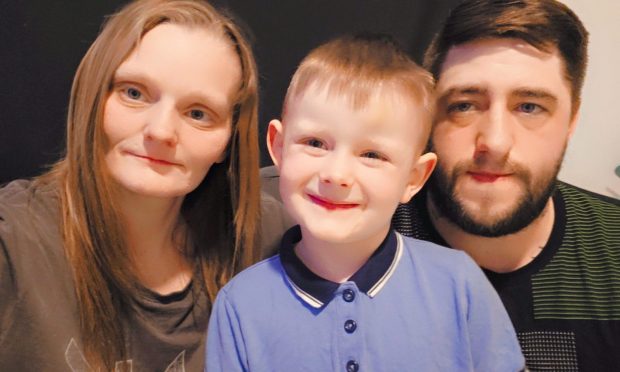
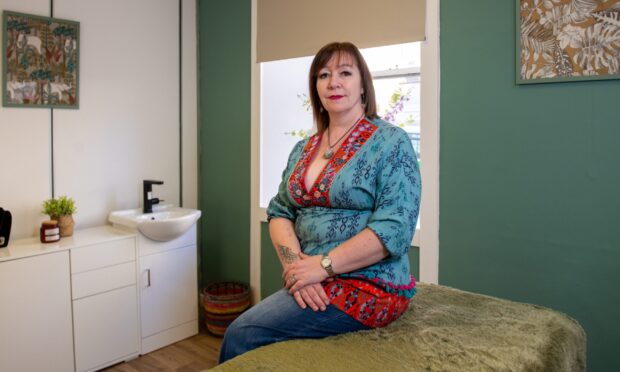
Conversation